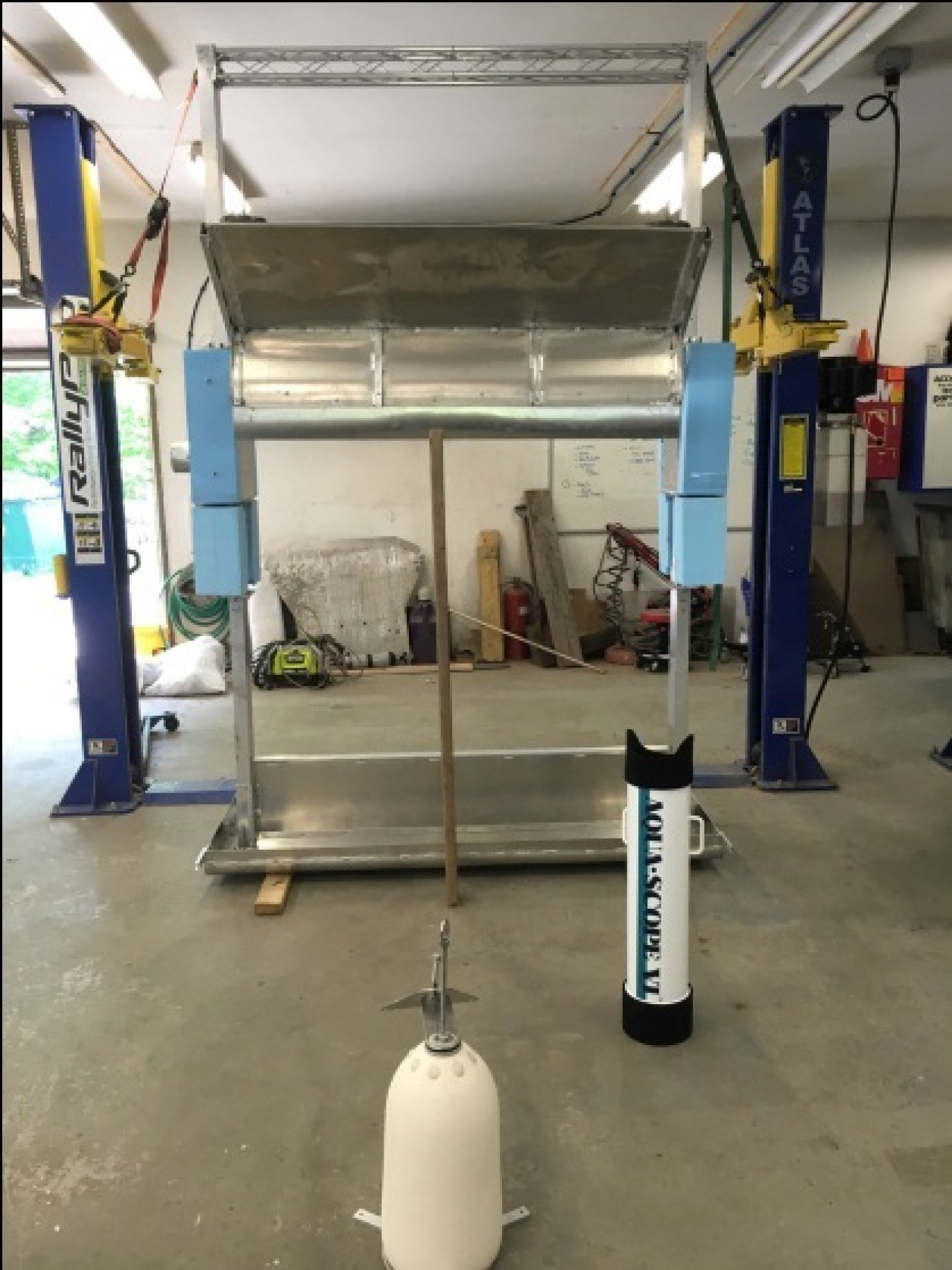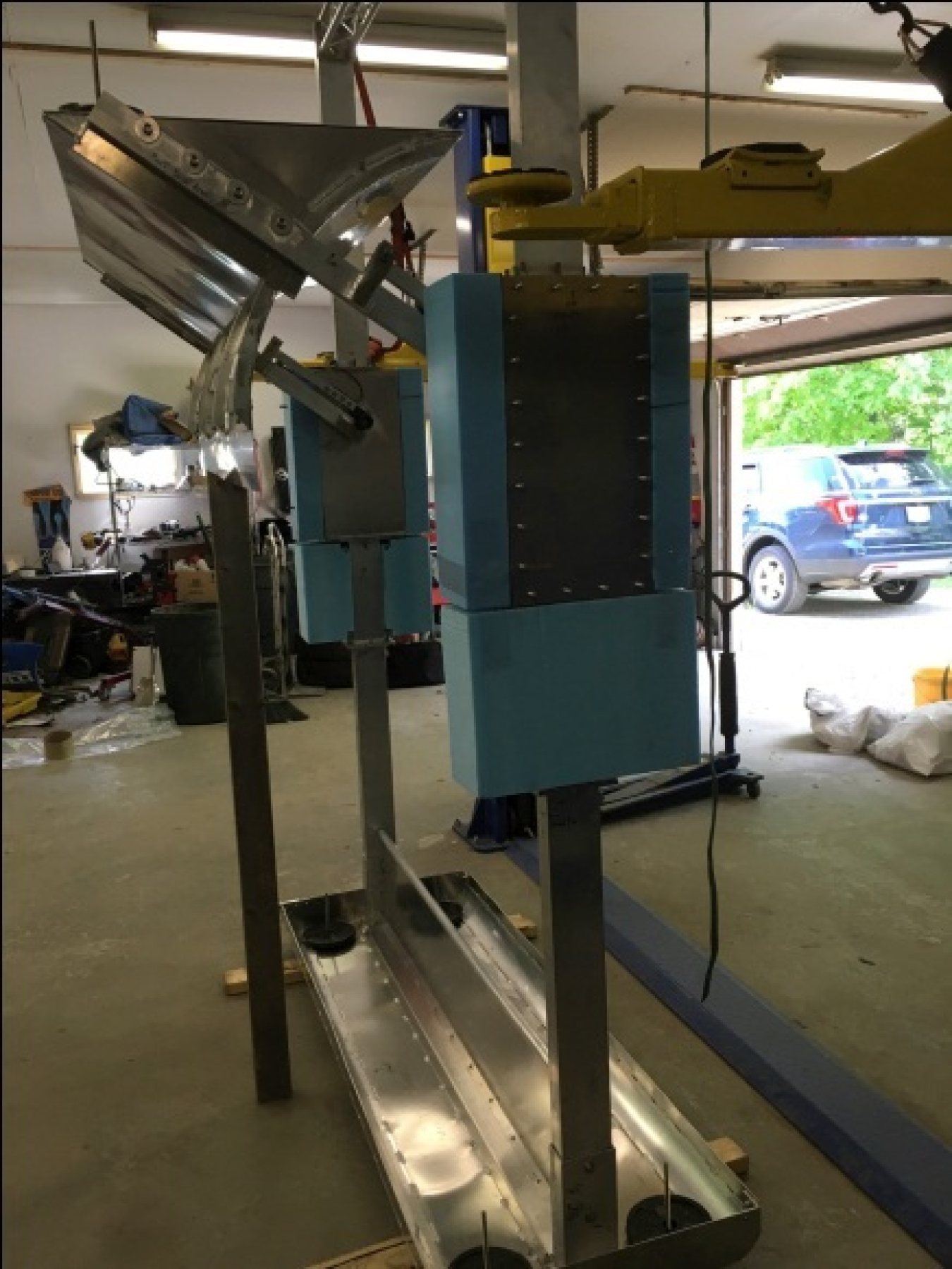The pace of activity to complete and pre-test our 1/20 scale model has continued to accelerate this month as we recently completed our Carderock...
Water Power Technologies Office
June 19, 2016The pace of activity to complete and pre-test our 1/20 scale model has continued to accelerate this month as we recently completed our Carderock Test Plan and other TG3 submissions and are now preparing our 1/20 scale RTI F2 QD prototype Which Sean Lewis and I will take to the new world class U. of Maine, Orono W2 (wind & wave) Facility for several days of shakedown tests.


Dr. Nathan Weise (formerly with U. of Maine and now with Marquette) has been busy preparing our NI Lab View based programmable motor-generator control system with assistance from 2 of his Power Electronics students, Andrew Maatman and Kamin Katebi. They have been working with duplicate sensors and a duplicate motor-generator but will connect to our 1/20 scale prototype for the U. of Maine tank pre-testing next week joining our east coast EE Diane Liskey there.
Our prototype is essentially complete but we wish we had more time to pre-test and optimize its performance. Our hydrodynamics and modeling team (Richard Akers, Toby Dewhurst, and Michael Macnicoll) have provided simulation modeling insights as to what model settings should yield the best results (using PTO resistive force, float and frame weight distribution, drag plate depth, and other adjustable parameters on our 1/20 model).
We remain excited about the inherent high capture efficiency and low capital cost advantages of our patented RTI F2 QD wave energy converter (WEC) technology combined with our submergible Float for maximum severe sea security. We remain convinced that a successful WEC (which can beat solar and wind farm economics) must intercept more wave front (per unit of WEC vessel weight and cost) to capture more wave energy. This requires a self-orienting WEC with an elongated wave front parallel float deployed on the ocean surface in deep water (where wave energy is greatest) capturing a majority of both heave and surge wave energy.

